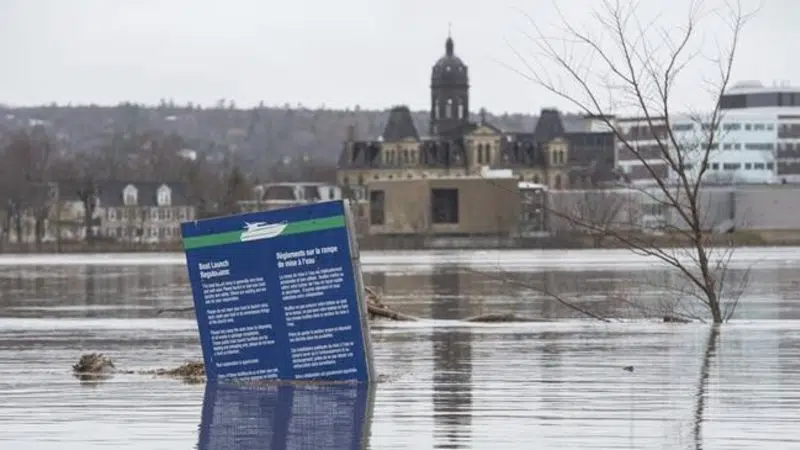
Soldiers deploying to flood-prone areas as water levels rise in New Brunswick
FREDERICTON — More than 100 Canadian soldiers are being deployed across western New Brunswick to help residents threatened by rising floodwaters, which have shown no signs of letting up.
The soldiers from Canadian Forces Base Gagetown, a huge base in the southern part of the province, have been tasked with filling sandbags and, if necessary, evacuating homes.
“We do have some vehicles that are a little more suitable to going through deep water,” Lt.-Col. Sean French, commander of the 2nd Battalion, Royal Canadian Regiment, told a briefing Saturday in Fredericton.



